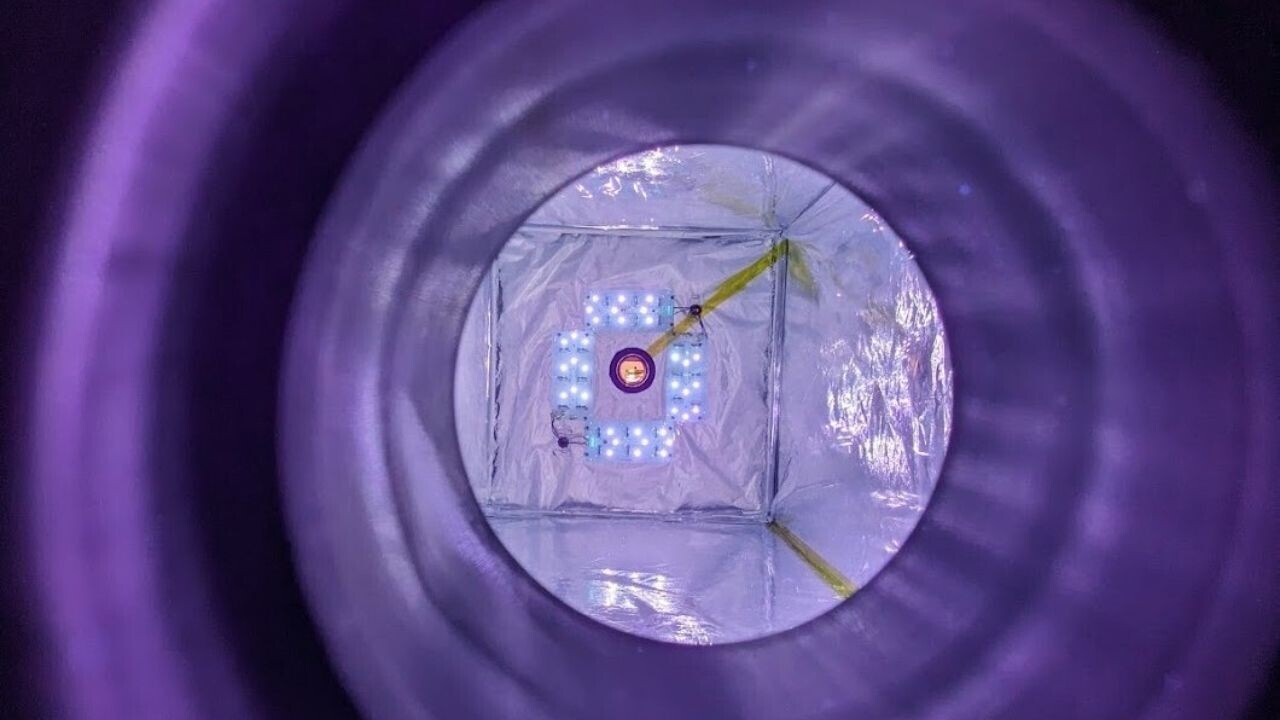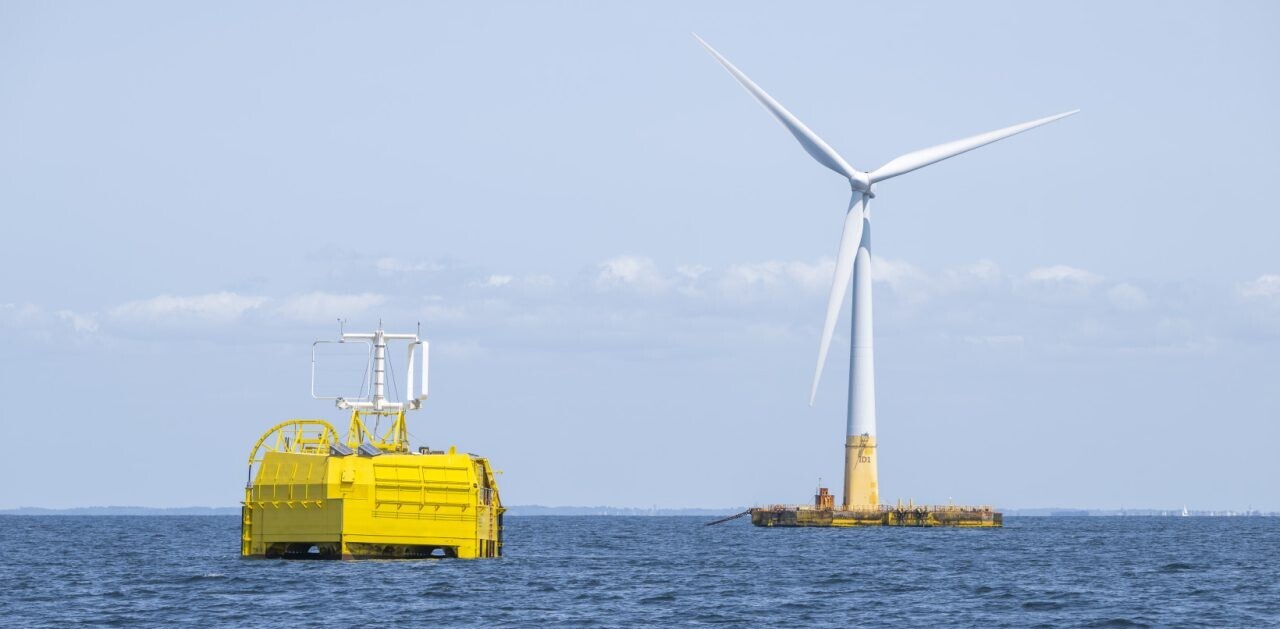Methane is the second biggest greenhouse gas contributor to climate change. It’s also 84 times more potent than culprit number one, carbon dioxide. Unsurprisingly, 60% of global emissions result from human activity.
While reducing methane emissions is key to tackling global warming, removing it from the air has proven challenging. That’s because the gas can be burnt off from air when its concentration exceeds 4%. However, the majority of human-caused emissions are below 0.1%.
Now, a research team led by the University of Copenhagen has developed a new method that can remove even low-concentration methane. This could be applied to livestock housing as well as biogas and wastewater treatment plants.
“A large part of our methane emissions comes from millions of low-concentration point sources like cattle and pig barns. In practice, methane from these sources has been impossible to concentrate into higher levels or remove,” said professor Matthew Stanley Johnson, who led the study.
But according to Johnson, the team’s new reaction chamber is changing the game.
A methane-cleaning reactor
As part of their study, the researchers built a reaction chamber and developed a method that simulates methane’s natural degradation process.
The team used chlorine and UV light to create a chain reaction of chemical compounds inside the chamber. This caused the methane to break down and decompose, turning it into carbon dioxide (CO2), carbon monoxide (CO), and hydrogen (H2).
This way, they removed the gas from the air in the same way the natural process does in the atmosphere — but approximately 100 million times faster.
“In the scientific study, we’ve proven that our reaction chamber can eliminate 58% of methane from air. And, since submitting the study, we have improved our results in the laboratory so that the reaction chamber is now at 88%,” said professor Johnson.
A larger prototype of the reaction chamber will soon arrive at the university, with the prospect to be connected to the ventilation system in a livestock barn.
“Today’s livestock farms are high-tech facilities where ammonia is already removed from air. As such, removing methane through existing air purification systems is an obvious solution,” Johnson explained. This is also the case for biogas and wastewater treatment plants.
The research was carried out in collaboration between the University of Copenhagen (UCPH), Aarhus University, Arla, Skov, and UCPH spinout Ambient Carbon. The full study is published in the journal Environmental Research Letters.
Get the TNW newsletter
Get the most important tech news in your inbox each week.





